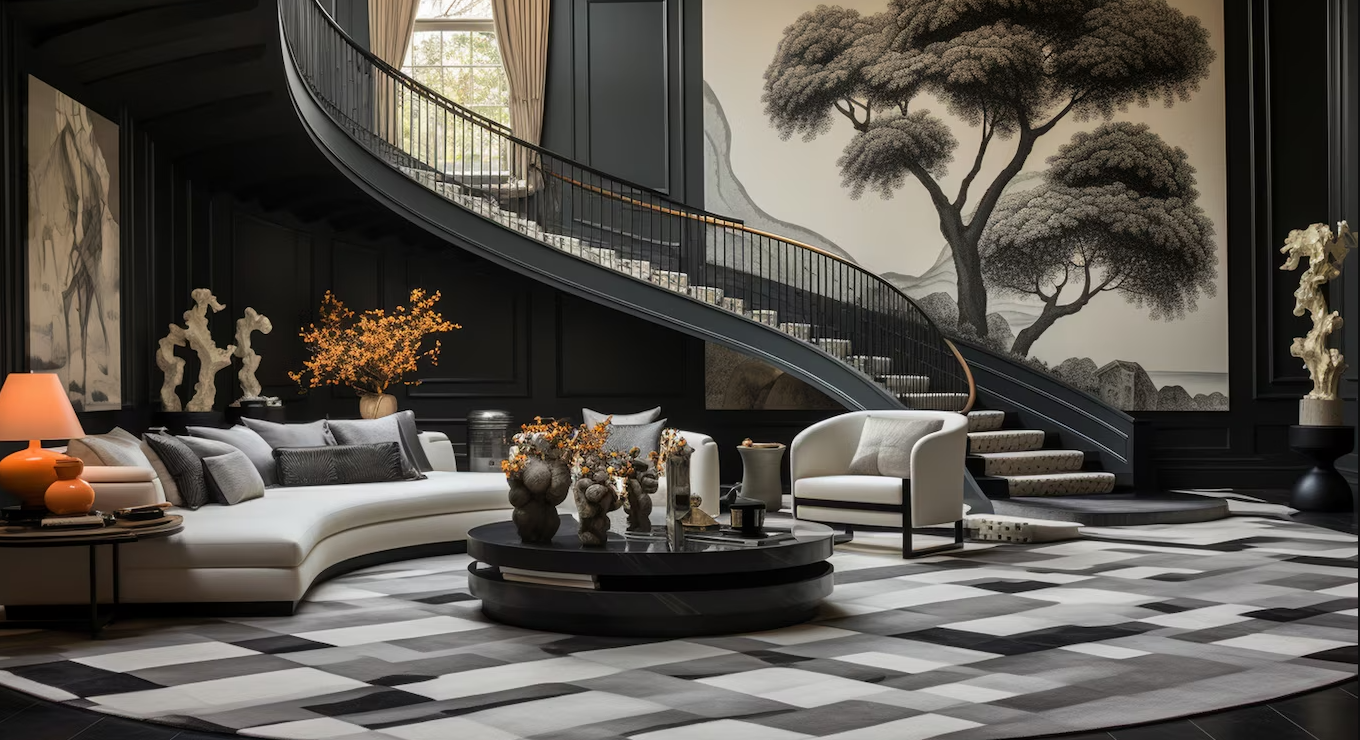A Guide to Environmental Clearance in Chennai for Interior Designers
When planning any construction or interior design project in Chennai, compliance with government regulations is just as essential as creativity and aesthetics. One such critical regulation is obtaining Environmental Clearance (EC)—a process that ensures your design or renovation work does not adversely affect the environment. For Interior Designers in Chennai, understanding and navigating the EC process can significantly impact project timelines, approvals, and overall success.
In this guide, we break down everything you need to know about Environmental Clearance in Chennai, why it matters, and how interior designers can streamline the process for residential and commercial projects.
What is Environmental Clearance?
Environmental Clearance is a mandatory process enforced by the Ministry of Environment, Forest and Climate Change (MoEFCC) and Tamil Nadu Pollution Control Board (TNPCB). It assesses the environmental impact of a proposed construction or design activity and ensures it aligns with sustainability and ecological balance.
While EC is commonly associated with large-scale construction, it is increasingly relevant to Interior Designers in Chennai, especially those working on high-rise buildings, IT parks, hotels, and large commercial or institutional projects.
Why Should Interior Designers in Chennai Care About Environmental Clearance?
-
Compliance with Government Norms
Any major renovation, particularly involving structural changes, fire safety systems, HVAC, plumbing, and electrical work in buildings over a certain size, may require environmental scrutiny. -
Smoother Project Approvals
Working without EC can lead to penalties, demolition notices, or project delays. A cleared and compliant plan fast-tracks municipal permissions, occupancy certificates, and handovers. -
Client Trust and Professionalism
When Interior Designers in Chennai guide clients through EC, it demonstrates responsibility and boosts credibility—especially in the eyes of corporate clients, builders, and NRI investors. -
Eco-Conscious Design
Understanding EC encourages designers to incorporate sustainable materials, energy-efficient solutions, and waste management practices from the early stages.
When is Environmental Clearance Required in Chennai?
EC is usually mandatory for the following interior-related scenarios:
-
Projects in buildings with a built-up area of 20,000 sq. m or more
-
Interior works involving major layout or floor plan modifications
-
Use of mechanical ventilation systems or heavy-duty air conditioning
-
Commercial kitchens and exhaust systems installation
-
Significant plumbing and drainage changes
For projects that don’t require EC, obtaining a No Objection Certificate (NOC) from the TNPCB is often still recommended.
Steps to Obtain Environmental Clearance
Here’s how Interior Designers in Chennai can help streamline the EC process for their clients:
-
Site and Project Assessment
Understand the scope of your design work—does it affect structural integrity, ventilation, noise levels, or waste disposal? If yes, EC may be needed. -
Consult with an Environmental Consultant
Partner with licensed environmental consultants in Chennai who specialize in preparing documents, reports, and impact assessments. -
Prepare Detailed Reports
-
Architectural layouts
-
Material specifications
-
Waste management plans
-
Energy consumption analysis
-
Plumbing and air handling designs
-
-
Apply Through SEIAA Tamil Nadu
Submit your documents to the State Environmental Impact Assessment Authority (SEIAA). An online portal is available for submission. -
Public Hearing and Review (if applicable)
For larger projects, a public hearing may be conducted to understand local concerns. Once reviewed, the authority issues the clearance certificate. -
Maintain Documentation and Periodic Compliance
Even after getting EC, ensure periodic updates or audits are conducted and submitted as per guidelines.
Role of Interior Designers in the Environmental Clearance Process
The best Interior Designers in Chennai not only create stunning spaces but also ensure responsible execution by integrating EC considerations into the design process. Here’s how:
-
Material Selection: Use low-VOC paints, recycled wood, natural stones, and energy-saving appliances.
-
Water Conservation: Install smart faucets, dual flush systems, and rainwater harvesting ideas.
-
Natural Ventilation: Design layouts that maximize daylight and cross-ventilation.
-
Waste Management: Plan for separate collection zones for biodegradable and recyclable waste.
-
Client Education: Guide clients on why EC matters, even for interior work.
Tips to Speed Up the Clearance Process
-
Collaborate with reputed architects and consultants already familiar with EC protocols.
-
Use digital platforms and track applications proactively.
-
Keep your design documents clear, technical, and compliant with NBC and MoEFCC guidelines.
-
Stay updated on Chennai Corporation and TNPCB policy changes.
Final Thoughts
Environmental Clearance is more than just a bureaucratic hurdle—it’s a gateway to responsible and future-ready design. For Interior Designers in Chennai, embracing this process enhances not just compliance, but the overall quality, sustainability, and prestige of every project. As clients become more eco-conscious and aware, designers who understand and incorporate EC are bound to lead the industry with credibility and professionalism.
Whether you’re working on a luxurious apartment in Nungambakkam, a tech office in OMR, or a heritage property in Mylapore, keep environmental clearance on your checklist—it’s a key part of modern interior design in Chennai.





